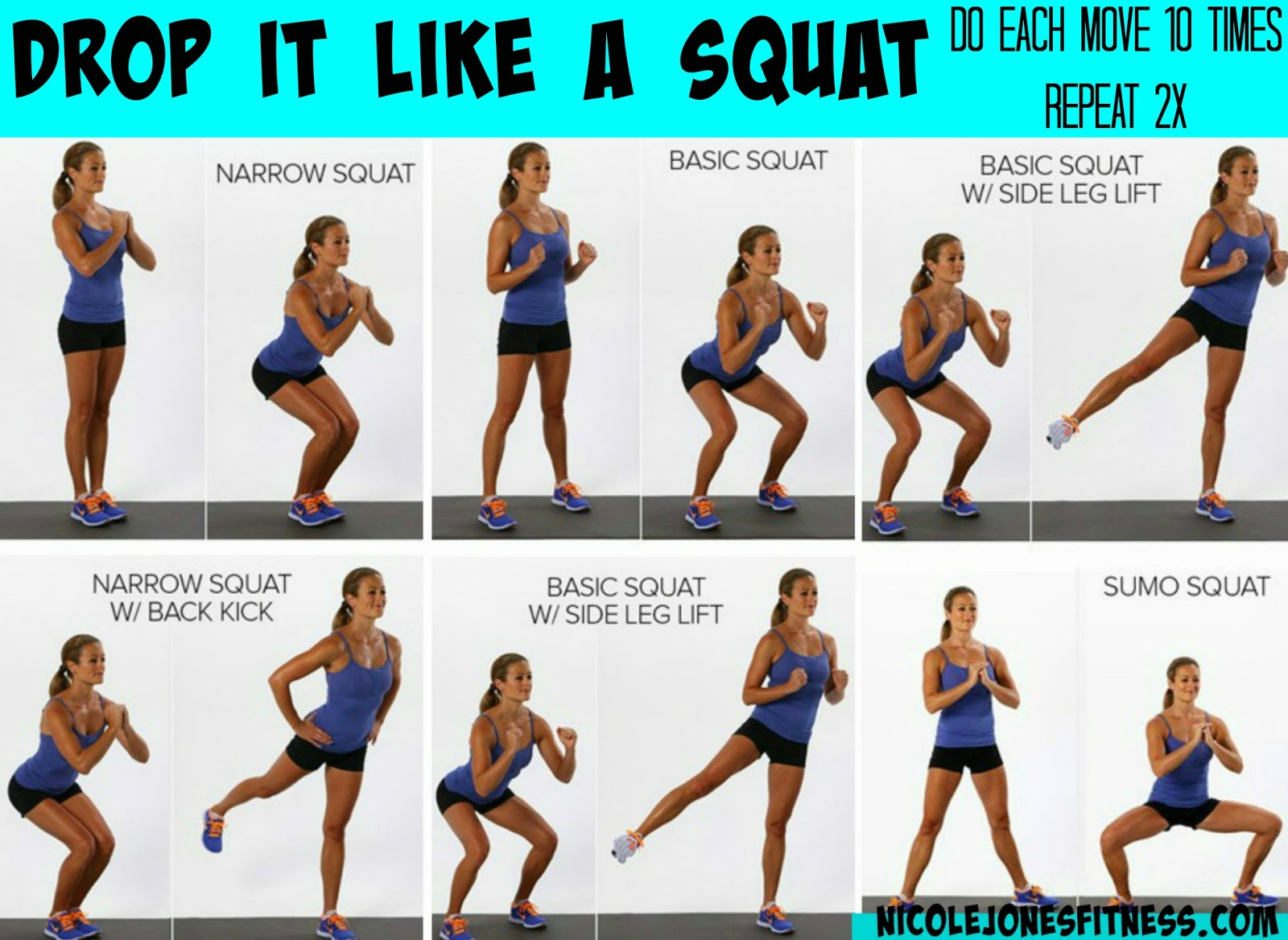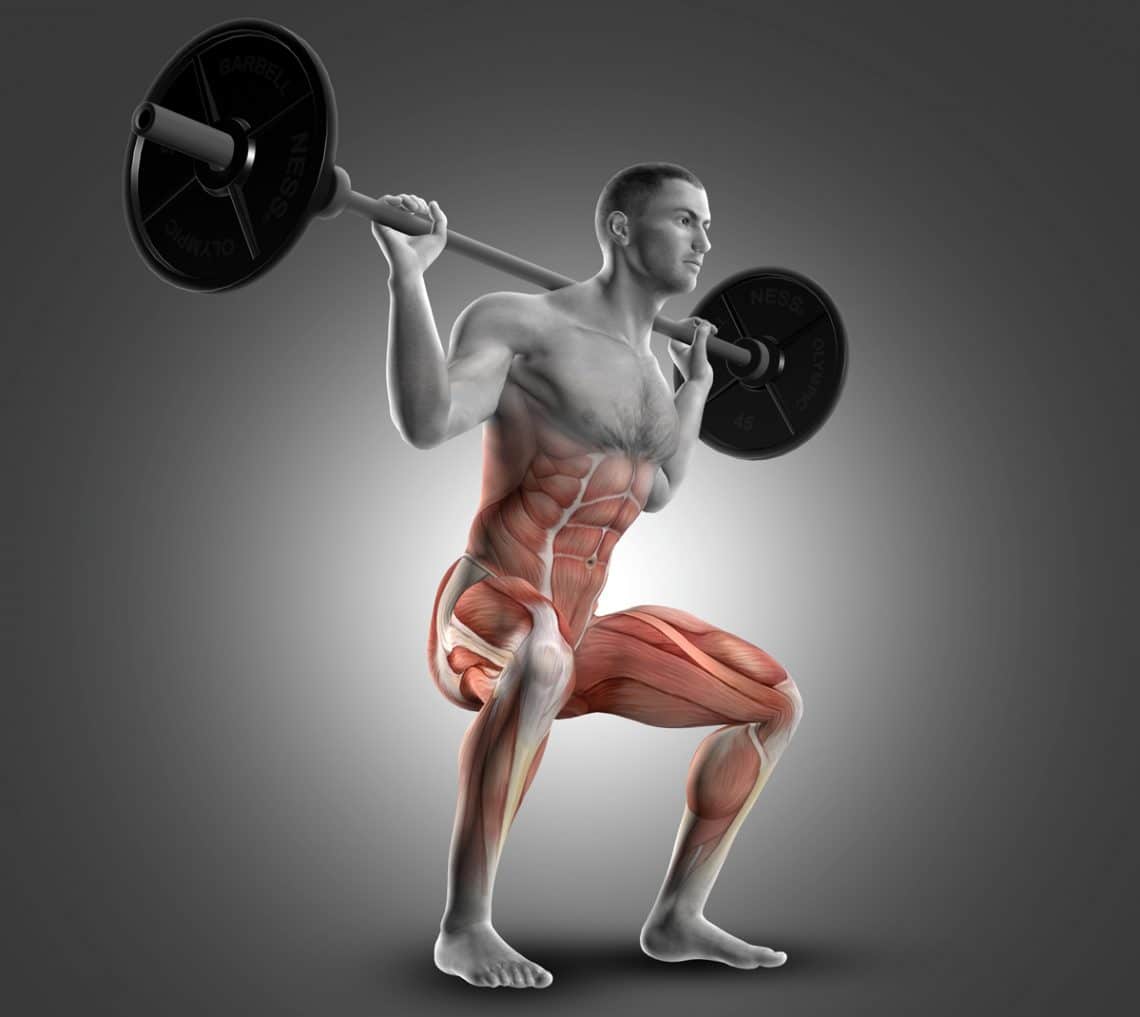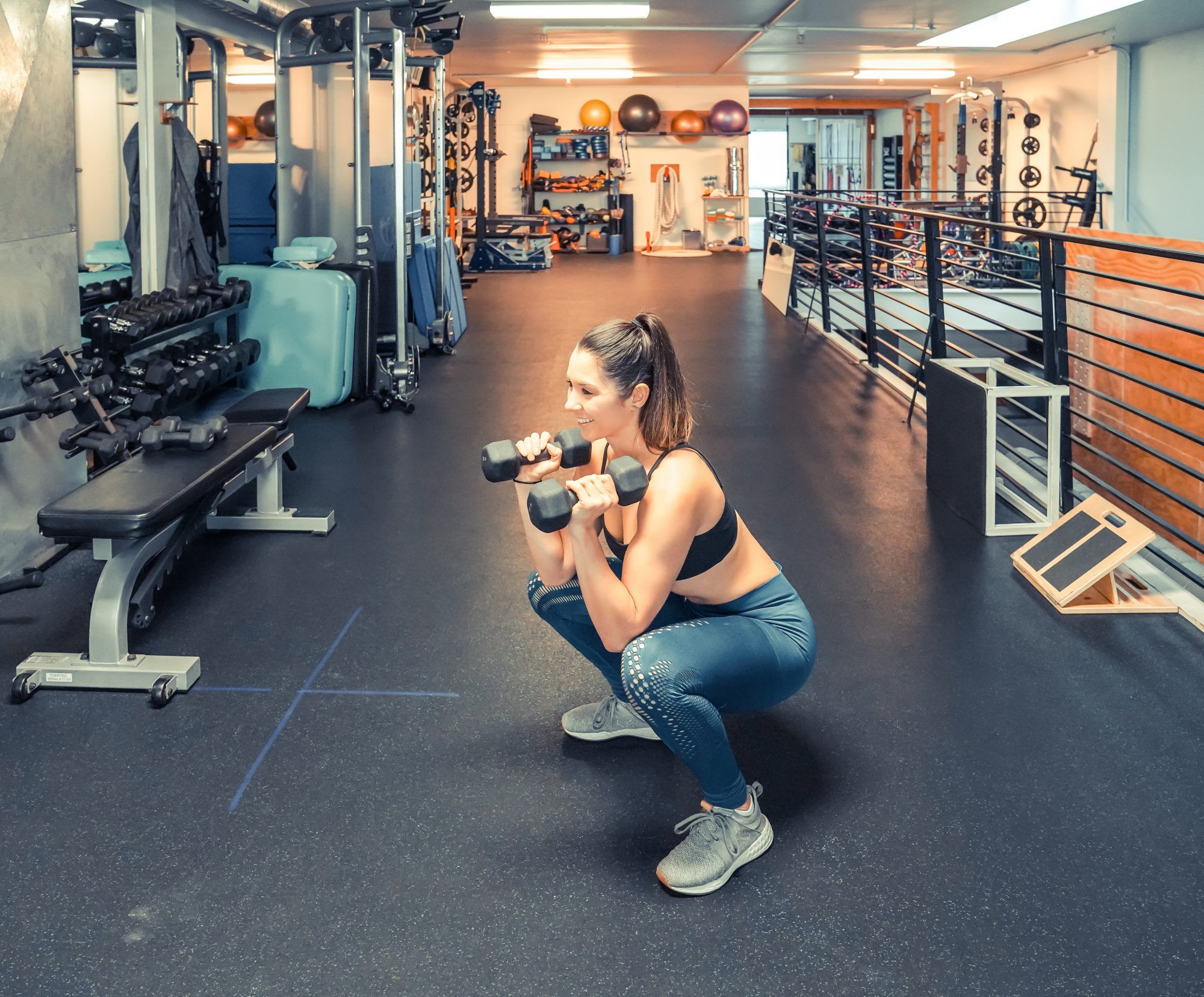Squats and Glute Development: An Overview
Embarking on a fitness journey often involves setting specific goals, such as enhancing the size and strength of your glute muscles. A common question that arises is, “Do squats make your butt bigger?” Squats have long been associated with glute development due to their effectiveness in targeting and engaging the gluteal muscles. However, achieving noticeable growth requires more than just performing squats; it involves mastering proper form, maintaining consistency, and incorporating a well-rounded workout routine and nutritional plan.
Understanding Glute Anatomy: The Role of Squats
The gluteal muscle group, consisting of the gluteus maximus, gluteus medius, and gluteus minimus, plays a crucial role in hip extension, abduction, and external rotation. When it comes to the question, “Do squats make your butt bigger?”, understanding the anatomy of these muscles and how squats engage them is essential for optimizing glute development.
Squats primarily target the gluteus maximus, the largest and most powerful of the glute muscles. This muscle is responsible for extending the hip, a movement that occurs during the upward phase of a squat. By engaging the gluteus maximus, squats can effectively strengthen and potentially increase the size of this muscle, contributing to a more prominent and shapely butt.
How to Perform Squats for Glute Growth
To maximize glute engagement and reap the benefits of squats for butt growth, it is essential to maintain proper form and technique. Here are some key aspects to focus on when performing squats:
- Foot Position: Position your feet shoulder-width apart or slightly wider, with your toes pointing slightly outward. This stance allows for optimal glute activation during the squat.
- Depth: Aim to lower your hips until your thighs are parallel to the floor or slightly below. Deeper squats provide a more extensive range of motion, leading to increased glute engagement and growth potential.
- Back Posture: Maintain a neutral spine throughout the movement. Avoid rounding or overarching your back, as this can lead to injury and reduce glute activation.
- Breathing: Inhale as you lower into the squat and exhale as you push back up, ensuring proper core engagement and stability.
By focusing on these elements, you can ensure that your squats effectively target the glute muscles, increasing their size and strength over time.
Variations of Squats for Targeted Glute Development
While traditional squats are highly effective for glute development, incorporating various squat variations can further enhance muscle engagement and growth. Here are three squat variations to consider:
Sumo Squats
Sumo squats involve taking a wider stance with your toes pointing outward. This variation targets the inner thighs and glutes, particularly the gluteus maximus and medius. By placing more emphasis on the adductor muscles, sumo squats can contribute to a well-rounded and lifted appearance.
Goblet Squats
Goblet squats are performed with a dumbbell or kettlebell held in front of your chest. This variation encourages proper form and spinal alignment, as the weight acts as a counterbalance. Goblet squats are an excellent option for beginners or those with mobility limitations, as they allow for a greater range of motion and increased glute activation.
Bulgarian Split Squats
Bulgarian split squats involve placing one foot on a bench or elevated surface while performing a lunge-like movement. This variation targets each leg independently, addressing muscle imbalances and improving core stability. By isolating the glutes and quadriceps, Bulgarian split squats can lead to increased strength and growth in the lower body.
Incorporating these squat variations into your workout routine can provide a fresh challenge for your glutes, promoting continued development and growth.
Incorporating Squats into Your Workout Routine
Integrating squats into a well-rounded workout routine is crucial for optimizing glute development. Here are some factors to consider when incorporating squats:
- Frequency: Aim to include squats in your lower body workouts 1-3 times per week, allowing adequate recovery time between sessions.
- Volume: Gradually increase the number of sets and repetitions over time, starting with 3-4 sets of 8-12 repetitions per workout.
- Intensity: Progressively increase the weight used for squats as your strength improves, ensuring proper form and technique.
- Exercise Selection: Combine squats with other exercises, such as hip thrusts, lunges, and deadlifts, to target the glutes from multiple angles and promote overall development.
By strategically incorporating squats into your workout routine and focusing on factors such as frequency, volume, intensity, and exercise selection, you can create a comprehensive program that supports glute growth and development.
Nutritional Considerations for Glute Growth
Proper nutrition plays a vital role in supporting muscle growth and development, including glute growth. To maximize the benefits of squats for a bigger butt, consider the following nutritional factors:
- Macronutrient Ratios: Ensure your diet consists of a balanced ratio of carbohydrates, proteins, and fats. Aim for 45-65% carbohydrates, 15-25% proteins, and 20-35% fats to support muscle growth and recovery.
- Caloric Intake: To build muscle, you need to consume more calories than you burn. Calculate your daily caloric needs and aim for a surplus of 250-500 calories to promote glute growth.
- Protein Intake: Consume adequate protein to support muscle repair and growth. Aim for 1.2-2.0 grams of protein per kilogram of body weight daily, focusing on high-quality sources such as lean meats, fish, eggs, dairy, and plant-based proteins.
- Hydration: Proper hydration is essential for overall health, exercise performance, and muscle recovery. Aim to drink at least 8-10 cups of water per day, increasing your intake based on your activity level and individual needs.
By focusing on these nutritional considerations, you can provide your body with the necessary fuel and building blocks to support glute growth and development.
Additional Exercises for Complementing Glute Development
While squats are highly effective for glute development, incorporating a variety of exercises into your workout routine can further promote overall glute development. Here are three exercises to consider:
Hip Thrusts
Hip thrusts target the gluteus maximus and hamstrings, promoting strength and growth in the posterior chain. Perform hip thrusts by placing your upper back on a bench, driving your hips upward while maintaining a neutral spine, and squeezing your glutes at the top of the movement.
Lunges
Lunges are a versatile exercise that targets the glutes, quadriceps, and hamstrings. Perform lunges by stepping forward or backward with one foot, lowering your body until your front knee is at a 90-degree angle, and then pushing back up to the starting position.
Deadlifts
Deadlifts are a compound exercise that targets the glutes, hamstrings, and back muscles. Perform deadlifts by grasping a barbell with an overhand grip, keeping your back straight, and driving your hips forward to lift the weight off the ground and stand up straight.
By incorporating these exercises into your workout routine, you can provide a comprehensive approach to glute development, ensuring that all muscle groups are adequately targeted and strengthened.
Patience and Persistence: The Key to Glute Growth
Achieving noticeable glute growth through squats and other exercises requires patience, persistence, and consistency. While it is possible to see some initial results within a few weeks or months, significant gains may take several months or even years of dedicated effort. Here are some tips to help you maintain motivation and stay on track:
- Set Realistic Goals: Establish specific, measurable, achievable, relevant, and time-bound (SMART) goals for your glute development journey. Breaking your overall objective into smaller, more manageable goals can help you stay motivated and track your progress.
- Track Your Progress: Keep a workout log or journal to track your exercises, sets, reps, and weights. Regularly reviewing your progress can help you identify areas for improvement and provide a sense of accomplishment as you see your strength and size increase over time.
- Stay Consistent: Consistency is key when it comes to building muscle. Aim to exercise regularly, following a well-rounded workout routine that targets all major muscle groups, including the glutes.
- Prioritize Recovery: Proper recovery is essential for muscle growth and development. Ensure you are getting adequate sleep, practicing stress-reduction techniques, and fueling your body with nutrient-dense foods to support recovery and repair.
- Seek Support: Surround yourself with supportive friends, family members, or workout partners who share your fitness goals. Having a support system can help you stay motivated and accountable as you work towards your glute development objectives.
By maintaining patience, persistence, and consistency, you can achieve noticeable glute growth and development over time. Remember, the journey to a bigger butt through squats is a marathon, not a sprint.









